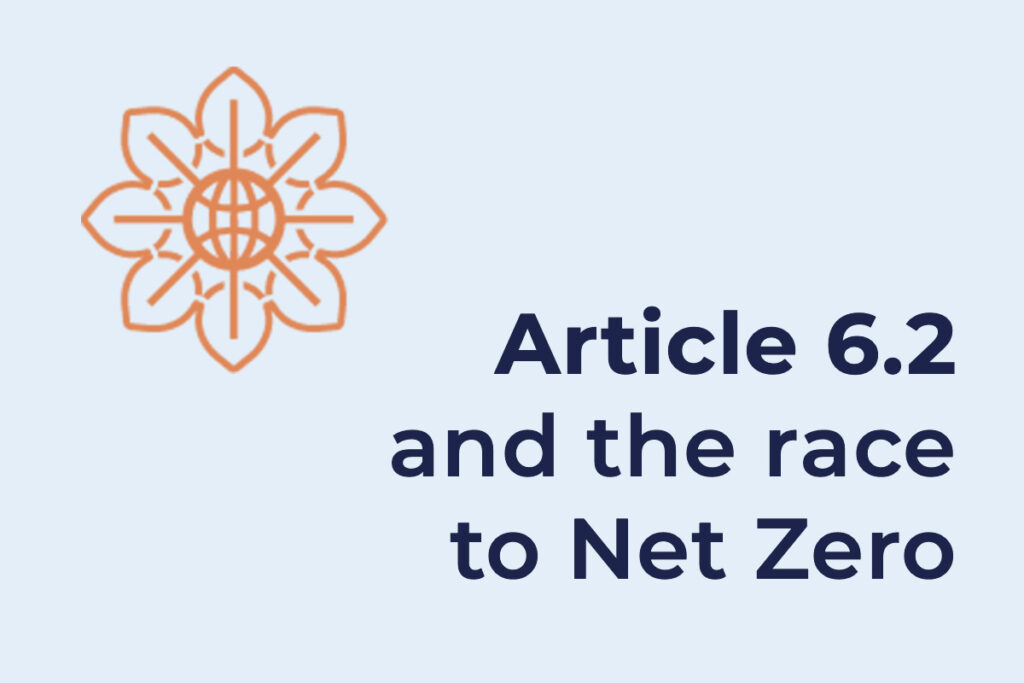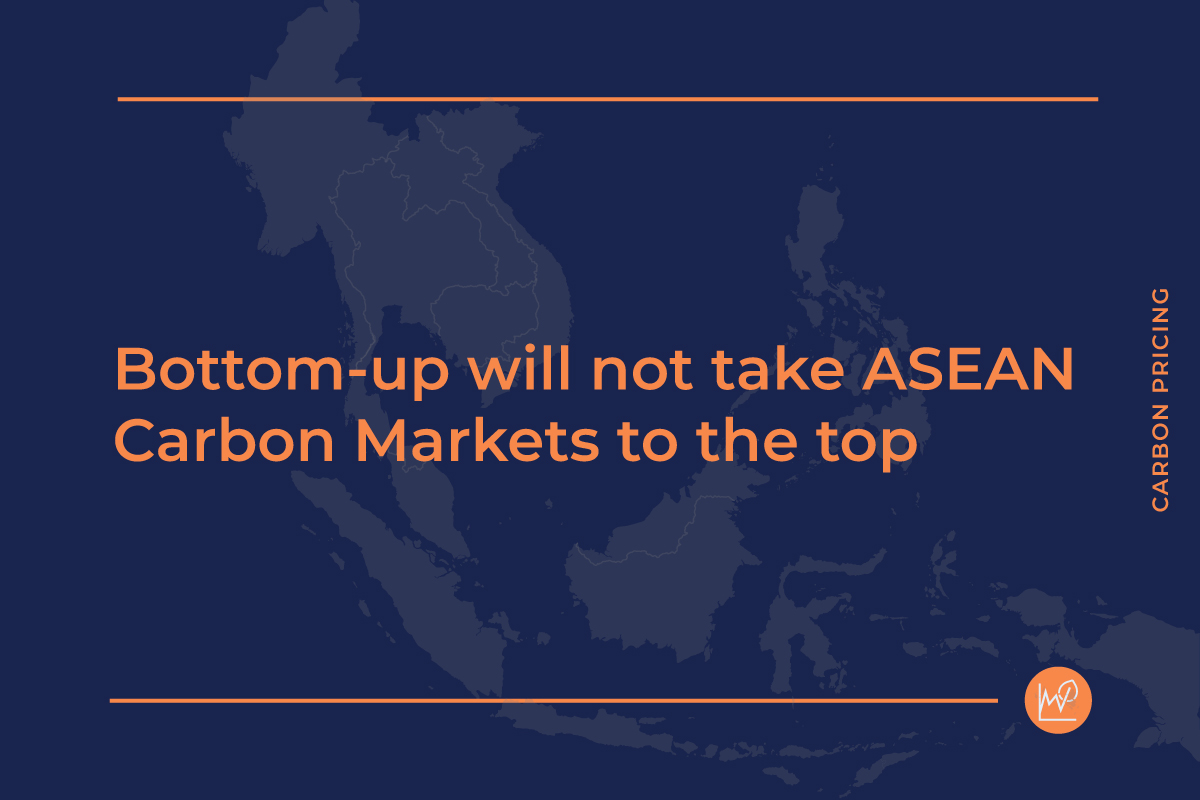There are now numerous bilateral agreements for Article 6 cooperation. Some commercial deals have been signed to support the development of Art. 6 project activities and several countries have made commitments to purchase transferable units for their NDC as well as net-zero targets. But still, why such a slow development and seemingly cautious approach by many countries?
Neyen Consulting has taken an active role in developing the market, not least through support for countries in preparing for Article 6. Neyen supports countries navigate the emerging Article 6 market in cooperation with several development institutions in Asia and the Pacific as well as Africa and Latin America.
First, some of the countries that hosted a significant amount of CDM projects– and have experience in the approval of projects were initially reluctant to engage in Article 6. However, over time they have become more open to participation. At first glance, this early reluctance may be a consequence of their previous experience in international carbon markets. Looking more closely, this difference might stem from the traditional approach to legislation or perhaps it is due to planned or ongoing development of domestic carbon pricing schemes. Countries that develop domestic carbon pricing typically establish legislation that defines carbon assets and institutional roles and responsibilities as part of that process, which normally takes years to be implemented. However, a general concern across countries have been the perceived risks relating to not achieving the NDC when engaging in Article 6.2.
On the other hand, several African countries – Ghana, Senegal, Morocco –, which did not actively participate in CDM, are now early movers and have been eager to become ready hosts for cooperative approaches. While these countries are eager to take on an opportunity they did not capitalize under Kyoto, they may need extra effort to develop the institutional and private sector knowledge for participation. At the same time, these countries are not the largest emitters of CO2, and large mitigation opportunities may be lacking. The group of early movers are typically countries that do not plan for a domestic carbon pricing scheme. They tend to start with a more flexible approach, defining an overall strategy and policy with the aim of filling legal and regulatory gaps ahead as appropriate.
Third, we have observed how countries aiming at supporting Article 6 activities take a very conservative approach. While the spirit of Article 6 design was, in our opinion, the underlying idea of promoting cooperation that could lead to sectoral transformations towards net zero, this risk adverse approach leads to potential eligible technologies and project types being small in size and with limited transformational impact. In addition, the existing interpretation of the transfers of units is limited to an NDC period of five years. This almost completely eliminates support for complex mitigation programs that could lead to large volumes of emissions reductions and transformative change overtime.
At Neyen, we think that is very useful to have a strategy level policy document that is akin to a white paper presenting how the government thinks about Article 6, its approach to implementation, and national objectives for participation. This policy framework should have broad acceptance and be stable overtime. On the more technical side, there are procedures and processes for executing project activities from setting up eligibility criteria to the authorization of transfers, that may need to be adapted and revised as the market rules or international practice change. These should be possible to update without changing the policy document. In addition to the institutionalization of Article 6, we advocate for Art.6 frameworks supported by two levels of documents one more strategic (the policy framework) and one more operational and dynamic (processes and procedures).
Countries should develop frameworks that establish their strategy for overall carbon finance implementation, not just Article 6 in isolation. This should include a strategy for hosting result-based mitigation activities (independent carbon programs, including REDD+), Article 6.2 and Article 6.4
Early national Article 6 framework development has focused on getting processes in place and quickly determining what types of mitigation activities a country could approve for international transfer. However, there are now discussions emerging on how to design long-term Article 6 strategies and how to tie cooperative approaches to long-term low-carbon development.
For instance, a mitigation activity under Article 6.2 might contribute to the achievement of the NDC. Through a solid approval / authorization process, a host country can make sure that this will be the case. However, it is also important that there is no reversal, and that the mitigation activity continues to reduce emissions in the longer-term, contributing to a country’s low-carbon development and eventually its Net Zero goal.
When discussion for new market-based mechanisms emerged after the Bali Action Plan, one line of thought emphasized the need to scale-up and to support ambition increase. The EU even proposed a mechanism founded on a sectoral approach (the New Market-Based Mechanism) and we also saw approaches under Kyoto with the green investment schemes.
Moving from project or program-based to a sectoral or policy-based approach is challenging in terms of governance, institutional capacity, MRV and not least, national budget constraints, but it is a necessity for achieving the Paris Agreement temperature goals. How can we move forward? One way is to work with pilot schemes where the approach to the purchase of transferable units is flexible, for instance through a mix of result-based finance with Article 6.2 units, or contracts with call options. In any case, it will be a time-consuming process involving capacity-building. It may, from the buyer’s perspective, imply working more closely with a few countries rather than seeking projects from a wide range of countries.




